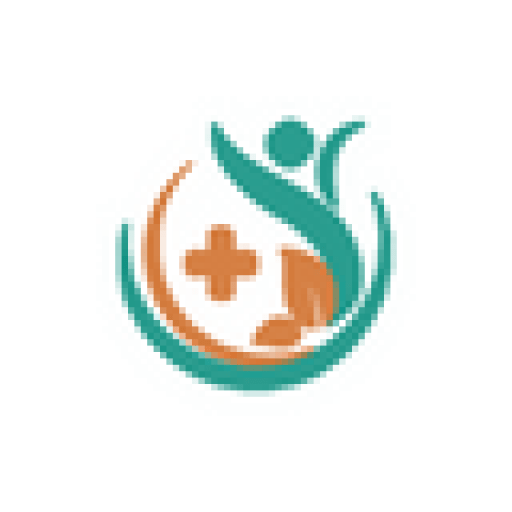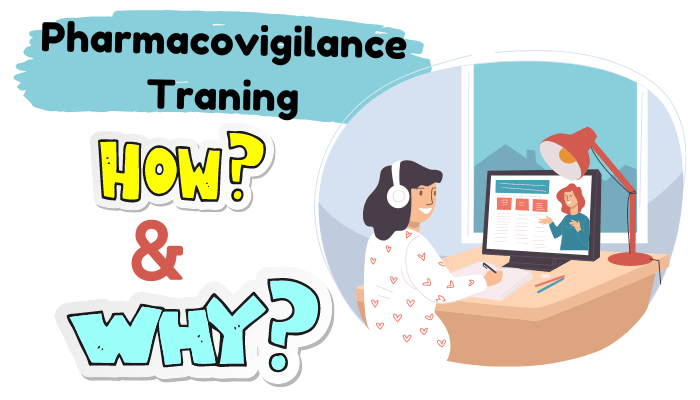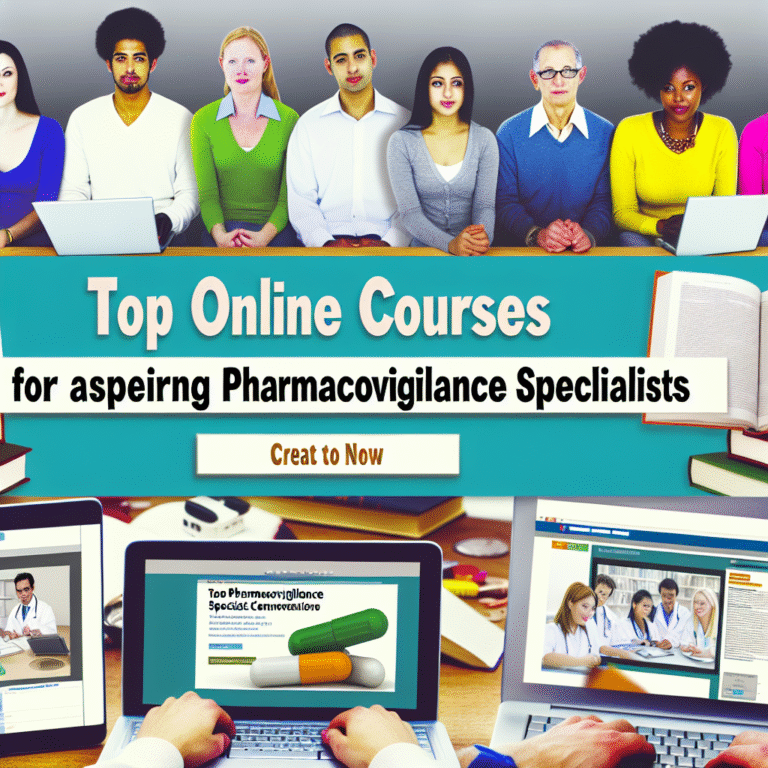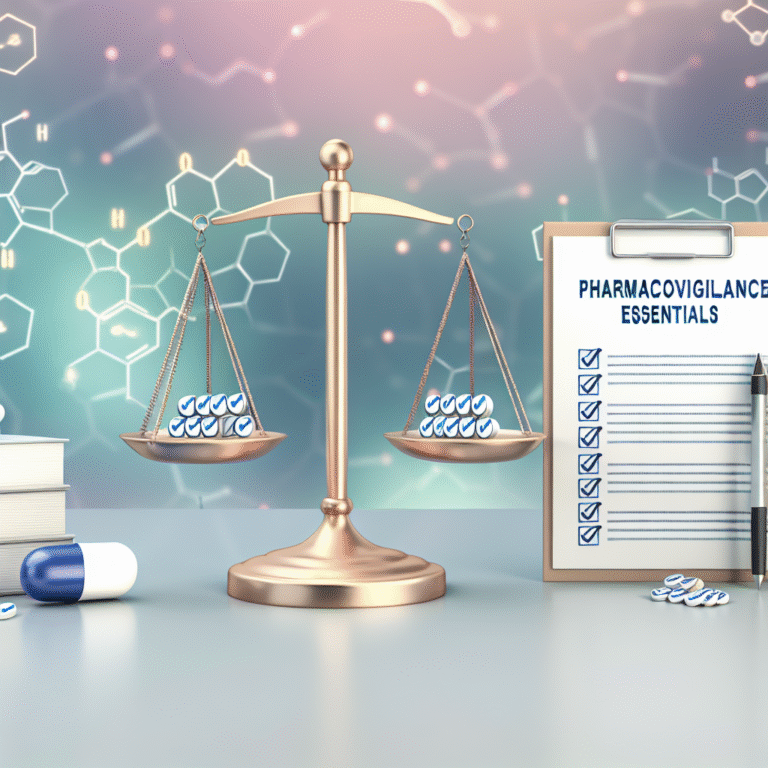The Importance of Pharmacovigilance: Keeping Patients Safe from Adverse Drug Reactions
The Importance of Pharmacovigilance: Keeping Patients Safe from Bad Drug Reactions
Introduction
Pharmacovigilance sounds like a big word, but it’s all about keeping people safe from bad reactions to medicines. It’s super important in healthcare because it helps make sure medicines are safe for people to use. Watching out for problems with drugs is not just a rule; it’s really important for keeping patients healthy. Bad drug reactions can make people very sick, cause them to go to the hospital, or sometimes be really serious. In this blog post, we will talk about why pharmacovigilance is so important and how it helps make being on medicine safer.
Understanding Pharmacovigilance
Pharmacovigilance started in the 1960s when a drug called thalidomide caused big problems and people wanted to make sure that didn’t happen again. Now, it has grown a lot. Today, it involves testing drugs before they go to market, watching them after they go to market, making plans for risk management, and always checking drug safety data.
Key parts of pharmacovigilance for healthcare include:
1. Finding signals, to see if there are any new bad effects or if known effects happen more often.
2. Checking risks, to see if taking a drug is related to bad things happening.
3. Managing risks, to find ways to keep people safe while using drugs.
Big organizations like the World Health Organization (WHO) and others like the FDA in the US make rules and give advice to keep eyes on drug safety.
The Effects of Adverse Drug Reactions
Bad drug reactions, or ADRs, can be different types:
1. Type A (Augmented): These are expected and depend on the dosage.
2. Type B (Bizarre): These are not expected and not related to dosage.
3. Type C (Chronic): These are linked to using a drug for a long time.
4. Type D (Delayed): These show up after some time has passed.
5. Type E (End of use): These happen after you stop taking a drug.
In the U.S., it’s thought that bad drug reactions cause more than 100,000 deaths each year. They don’t just affect health right away but can also lead to long-lasting health problems, more healthcare costs, and lower quality of life for patients.
How Pharmacovigilance Helps Reduce ADRs
Pharmacovigilance is really important because it promotes drug safety and helps improve health outcomes for everyone. Here’s how it works:
1. It finds patterns in drug problems by collecting data.
2. It tells doctors and the public about risks with certain drugs.
3. It can lead to actions like pulling a drug from the market or changing how it’s labeled to reduce risks.
Some great examples of pharmacovigilance working well include taking the drug Rofecoxib (Vioxx) off the market and changing rules for diabetes drugs to make them safer for the heart.
Key Players in Pharmacovigilance
Pharmacovigilance involves many different people:
1. Drug companies must conduct safety trials and watch their drugs closely after they’re sold.
2. Doctors and healthcare workers report and keep track of bad drug reactions.
3. Groups like the FDA make rules and make sure everyone follows safety regulations.
Challenges in Pharmacovigilance
There are some problems with pharmacovigilance:
1. Not enough bad drug reactions are reported because people might not know they should or how to report them.
2. Different countries have different systems, which can make things confusing.
3. Some places in the world don’t have enough resources or technology to keep up with pharmacovigilance.
Improving Pharmacovigilance Practices
Here are ways to make pharmacovigilance better:
1. Encourage people to report bad drug reactions to get better data.
2. Use cool new tech like AI and big data to notice drug problems faster.
3. Work together internationally to share information better.
The Future of Pharmacovigilance
Looking ahead, pharmacovigilance can change through:
1. Personalized medicine where drugs fit each person better, maybe causing fewer bad reactions.
2. New inventions like real-time monitoring, phone apps for reporting, and secure ways to share data.
3. Changes in laws to push for better pharmacovigilance actions and support.
Conclusion
Pharmacovigilance is extremely important for keeping patients safe and making healthcare better. Governments, healthcare workers, drug companies, and patients all play parts in making pharmacovigilance a priority. By working together and being innovative, we can build a safer healthcare world. Let’s make sure pharmacovigilance is at the heart of caring for patients properly.
References
1. World Health Organization (WHO) books about pharmacovigilance
2. FDA guides on reporting bad drug reactions
3. Research papers on better drug safety tech
4. Stories about successful pharmacovigilance in the drug industry






